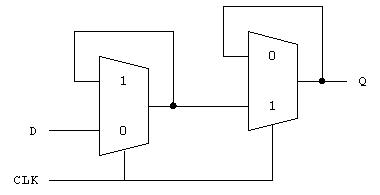TonyM
Advanced Member level 4

Hi TonyM,
Your description looks mature, and I agree with that.
If you are interested to go in further details then I would recommend reading following book:
CMOS: Circuit Design, Layout, and Simulation, Third Edition by Jacob Baker.
Thanks,
Fpgadsgnr
I'm not sure what you mean by 'mature'...? I can only speak from experience in designing ASICs. I'm glad the posts are calmer, though.
Last edited:
